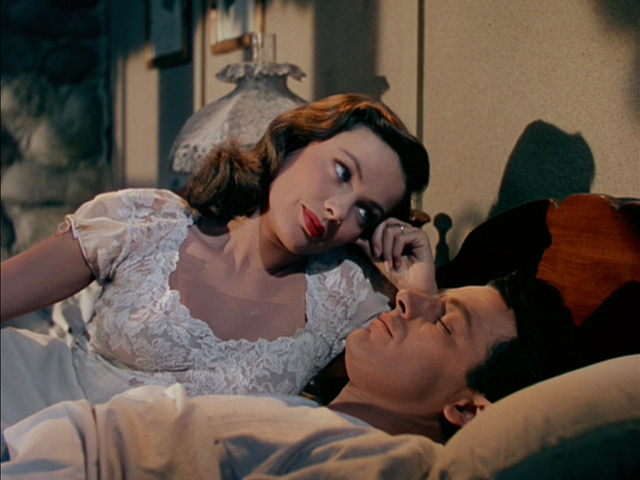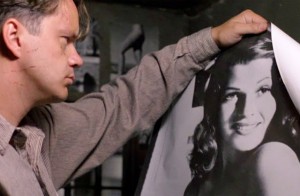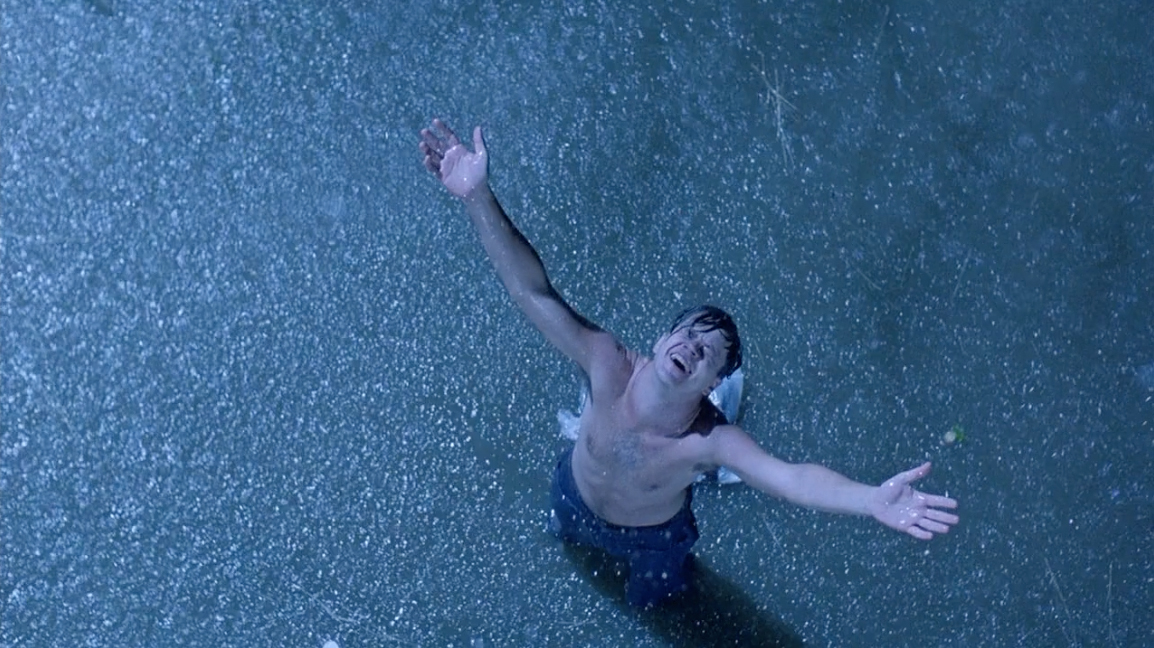 |
| Nothing suspicious about this... |
When one hears the phrase “movie star” one most
often imagines the glamorous images of leading actors. Some of film’s most
talented and versatile stars, however, are character actors who defy the
stereotypes that often restrict leading players. One such character actor is
the consistently entertaining master of horror, Vincent Price. Through his
combination of dry wit, commanding presence, and an unforgettable voice, Price
rose above the restrictions of character roles to become an icon in his own
right and the face of horror for a generation. In honor of horror’s high holy
day, Halloween, I’ll be presenting a review of one of Price’s earliest and most
well known forays into the genre, House
of Wax.
The film begins innocently enough as struggling
sculptor Henry Jarrod (Vincent Price) presents a potential buyer, Sidney
Wallace (Paul Cavanaugh), with his impressive museum of historical wax works.
Jarrod lovingly shows Wallace each of his masterpieces, which he regards as his
prized possessions. Wallace expresses interest in the pieces and offers to
settle on a deal upon his return from a trip abroad in three months. The film
takes a sinister turn when Jarrod gleefully informs his business partner,
Matthew Burke (Roy Roberts), of the impending deal. Rather than chance Wallace
changing his mind during the three month trip, Burke insists that the most
assured way for both of them to prosper is to embark upon an insurance fraud
scheme. After Jarrod refuses to take part in the scheme, Burke takes matters
into his own hands by setting the museum on fire; with Jarrod still inside.
Miraculously, Jarrod survives the fire but is crippled and disfigured by his
injuries. Rather than resigning himself to his seemingly hopeless fate, Jarrod
uses his sculpting skills to start over with a new, macabre, wax museum aimed
at procuring ticket sales rather than attaining artistic value. Life seems to
be taking a turn for the better for Jarrod until his party girl date, Cathy
(Carolyn Jones), and several other people are found murdered, and later
disappear from the local morgue. When Cathy’s roommate, Sue (Phyllis Kirk),
sees that Jarrod’s sculpture of Joan of Arc bears an eerie likeness to Cathy,
she becomes convinced that there is more to the wax museum than manufactured
horrors and sets out to find Cathy’s killer.
Horror is a genre that is often unfairly maligned as
trivial and mindless. While some horror movies unfortunately fall into this category,
many earlier efforts at the genre avoided this trap by utilizing implied scares
in favor of pandering to audiences with cheap shocks. Although it does delve
into some frightening sequences, most of the violence in House of Wax is carried out off screen. Although this relatively
bloodless approach is likely due in large part to the Hay’s Office Production
Code, it provides the film with a more subtle and genuinely unsettling
plot. While the acts of murder and corpse desecration certainly make for
horrifying visuals, the implication of such acts can often be far more
disturbing. When viewing violence on screen, viewers are often prevented from
being fully engaged in the scares that they are seeing by knowledge of the fact that
what they are viewing is fiction. This lack of engagement would only have been exacerbated
in House of Wax by the limitations of
1950’s special effects, which would have prevented any on screen violence from
looking realistic enough to cause any actual thrills. As a result, the film
incurs far more fear by allowing viewers to create their own images of
violence, uninhibited by studio effects, than it ever could have through the
use of graphic or explicitly violent scenes.
 |
| A possible reason the movie is no longer in 3D |
The film also rises above horror’s stigma by taking
a unique approach to its villain. While most horror films feature villains that
are either mindless monsters or one dimensionally evil, Henry Jarrod is a
complicated and sympathetic figure. By showing Jarrod’s near rise and tragic
fall, the film enables viewers to identify with him and see him as a person
rather than as a stock villain. During the film’s exposition, the audience
becomes familiar with Jarrod as the mild mannered artist that he is before his
disfigurement, and is meant to view him as tragically wronged man. Even after
his escape from the museum fire, the film continues to show Jarrod as a
cultured man about town and invites audiences to root for his renewed success.
Similarly, when Jarrod executes Burke in an act of vengeance, it is difficult
for audiences to condemn his actions given the damage that Burke inflicted upon
Jarrod’s life. As a result, when Jarrod does start inevitably taking in fresh
corpses to supply his museum, the audience is clearly meant to view him as an
anti-hero rather than as an outright villain. By utilizing a sympathetic
character foundation, the film provides audiences with an even more disturbing
prospect; if circumstance could change a seemingly average person like Henry Jarrod
into a twisted maniac, couldn’t the wrong circumstances do the same to each of
us? It is this notion of the evil lurking in all of humanity that creates the
most lasting and effective scares in House
of Wax.
Overall the cast provides the script with ample
support through solid performances. Phyllis Kirk is a refreshingly strong and
resourceful heroine, especially for a 1950’s horror film. Similarly, Carolyn
Jones does well as a gold digging ditz, making her character both daffy enough
to be an ideal target for Jarrod’s schemes and likeable enough for the audience
to want her killer brought to justice. Paul Picerni provides an adequate
performance in his underwritten role as Sue’s artist boyfriend and eventual
rescuer. Despite the fine quality of the supporting cast’s performances, Price
completely steals the film with his by turns mild mannered and chilling
portrayal of the vengeful sculptor. Price alternates between his character’s
extremes with ease, lending credibility to both the cultured, Dr. Jekyll-esque,
artist, and the tormented, deranged, killer.
Through its combination of layered characterizations
and subtle thrills, House of Wax is a
bit of Halloween horror that the whole family can enjoy. The story avoids the
typical genre tropes of monsters and gory mayhem and instead takes on the more
complex task of making us examine the dark side lurking within us all. The film
cemented Vincent Price’s place as the face of horror in the 1950’s and 1960’s,
providing audiences with a true genre icon. Get into the Halloween spirit by
taking a trip into Price’s wax museum for a night of thrills, chills, and
vintage horror frights…if you dare…
 |
| Wax women are the best listeners |



_01.jpg)


























